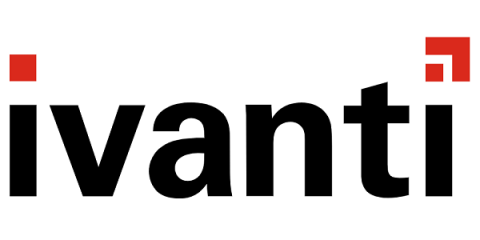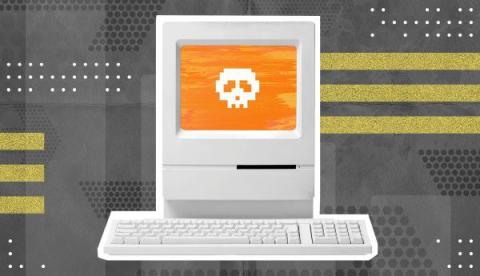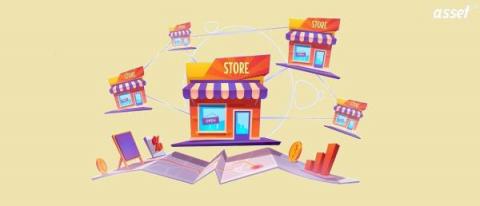Operations | Monitoring | ITSM | DevOps | Cloud
ITSM
The latest News and Information on IT Service Management, Service Desk and related technologies.
ITIL Priority Matrix: How to Use it for Incident, Problem, Service Request, and Change Management
How to create a perfect Asset Register with the help of Asset Management Software
FMCD Sector is one of India’s largest growing sectors. The rate at which it has been growing is tremendous and with that comes a different set of hurdles for the industry, if we try to summarize them it can be a low level of management and increasing competition. FMCD Sector is the one which always grows up, as the consumers for Packed foods at relatively low costs attract the consumers.
How balancing technology and people can elevate employee satisfaction
The pandemic has forever changed the workplace, especially for my support and product success team at ServiceNow. One thing that hasn’t changed is our commitment to operational excellence, which starts with a great employee experience. My goal is to improve employee satisfaction for our technical support engineers (TSEs). If our TSEs are satisfied, then our customers reap the benefits. When TSEs feel valued and appreciated, they build greater trust with customers.
The future of work paves a new path to customer obsession
Application Control for Windows
What it's like to work on a Now Platform release
In our quest to make the world work better for everyone, ServiceNow updates the Now Platform every six months. To pull that off, we’re constantly working on many innovations. Our latest Tokyo release introduced scores of new solutions and modules to boost productivity, accelerate value, and ramp up organizational trust. Bringing those innovations together and ensuring they’re aligned with customer needs is a mindful and purpose-driven undertaking.
To Thrive in the Everywhere Workplace, IT and Security Teams Need to Work Together
It’s Cybersecurity Awareness Month. For a CIO, this is like the holidays, and there’s lots to celebrate and lots to do. By reading this, you’re helping me check something off my list: I want everyone in the IT and security landscape to know how these two teams can work together for a more efficient, productive and secure enterprise. To those outside the departments, IT and security teams are often conflated.
Why Understanding and Reducing Technical Debt Matters
Simplifying Asset Management in multiple locations with the help of Asset Management Software
Every enterprise needs to look at the assets to supervise and see which ones are available for allotment and which one need to be managed, all this is done for better results throughout the enterprise. Management of these assets has a direct relationship with the growth of any enterprise. It is very important to keep a good track of all the vital information of the asset.










